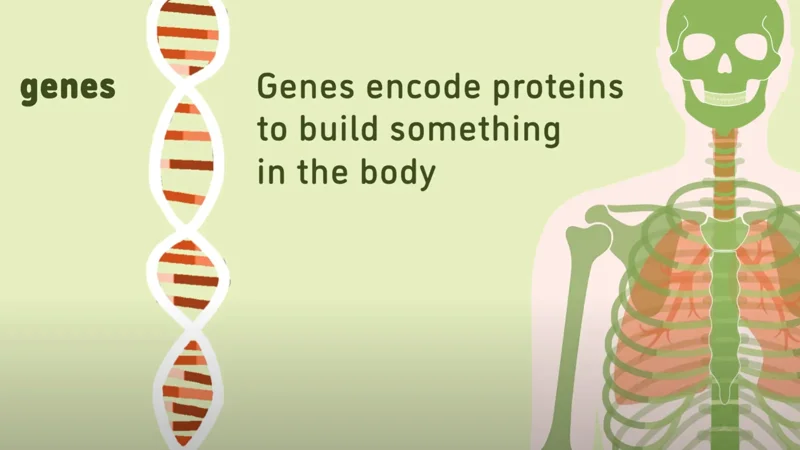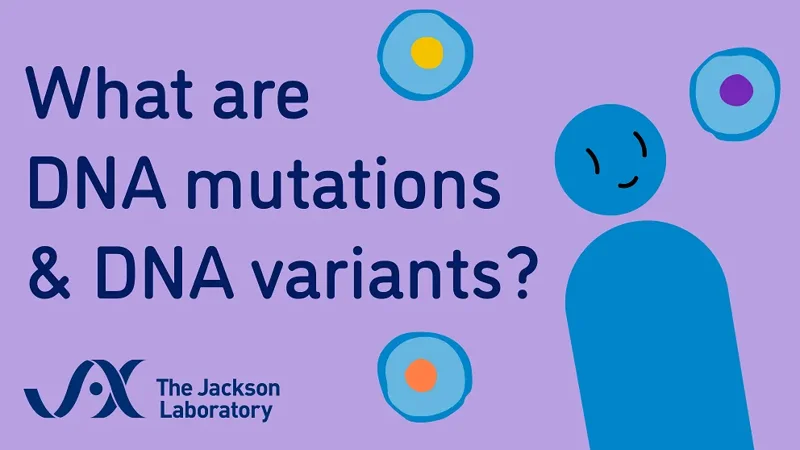Every one of us has a specific genetic code. While this makes us individually unique, it also makes it challenging to find treatments to diseases across genetically different people. Lucky for us, advances in modern technologies have enabled a movement in personalized medicine.
A personalized medicine approach takes a person’s unique genetic profile into account, so any treatment is targeted to that person and their specific condition. But how can you know which treatments are effective without testing on a patient?
A PDX mouse model, or patient-derived xenograft mouse model, allows researchers to test a variety of experimental treatments on a human cancer tumor tissue rather than testing directly on the patient.
This incredibly powerful technique starts when scientists analyze a patient’s tumor biopsy and identify the specific DNA variants that are driving the tumor creation. From here, the biopsy is implanted into several laboratory mice. Under carefully controlled environments, the researchers can test multiple cancer treatments simultaneously and observe how the implanted tumors respond. Researchers then can identify treatments that are most effective for the specific DNA variants found within the tumor. Once an effective treatment is found, it can then be used in future clinical trials on tumors with a similar genetic profile. The PDX mouse model is a huge step forward in the field of personalized medicine.
The free JAX Online MiniCourse, "Exploring Cancer Research: Tools and Technologies," will help you understand how genetic and genomic tools like next-generation sequencing, cell-based models, and mouse models are used to advance cancer research. Enroll in the self-paced MiniCourse to discover how these tools and technologies have revolutionized our understanding of the disease. Upon course completion, you can showcase your new skills on LinkedIn with an optional digital certificate and Credly badge from JAX!

Endometriosis is a fairly common gynecological condition that affects 200 million people with uteruses worldwide. So what is this condition, exactly, and what can be done about it?
View more
We all want to live long lives, but not at the expense of our health!
View more


The trillions of bacteria, fungi and viruses that live on the skin all over our bodies is part of the microbiome.
View more
Discover what genetic resilience is and how our genetic makeup can protect us from disease in this Minute to Understanding from The Jackson Laboratory!
View more
Mutations in our genes can cause life-threatening diseases, and sometimes there is no drug or surgery available for your doctor to prescribe. Enter gene therapy.
View more
Learn how epigenetic changes can affect an individual — without physically changing their DNA sequence.
View more
The difference between genetics and genomics is not just the letter "O."
View more
Every person in the world is different. We all have physical characteristics and quirks that make us unique. But what, biologically, makes us who we are?
View more
Discover what DNA is and how it serves as the genetic instruction manual for life. Learn how DNA sequences determine traits and pass heritable information from one generation to the next.
View more
What are telomeres? Telomeres are structures made from DNA sequences and proteins found at the ends of chromosomes. They cap and protect the end of a chromosome like the end of a shoelace.
View more
Explore bite-sized science with Minute to Understanding. Quick, easy-to-remember videos simplify complex scientific terms and breakthroughs. Perfect for staying informed on the latest advancements.
View more
Explore DNA variants and discover how mutations during DNA replication make each organism unique. Learn about their role in genetic variation and their potential impact on life.
Learn more
Discover the role of chromosomes in cell division and genetic data storage. Learn how these DNA-packed structures enable proper cell function and ensure life’s continuity.
View more